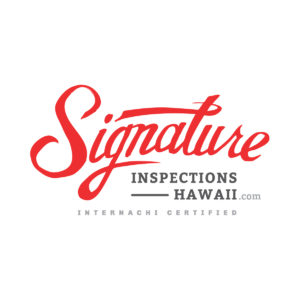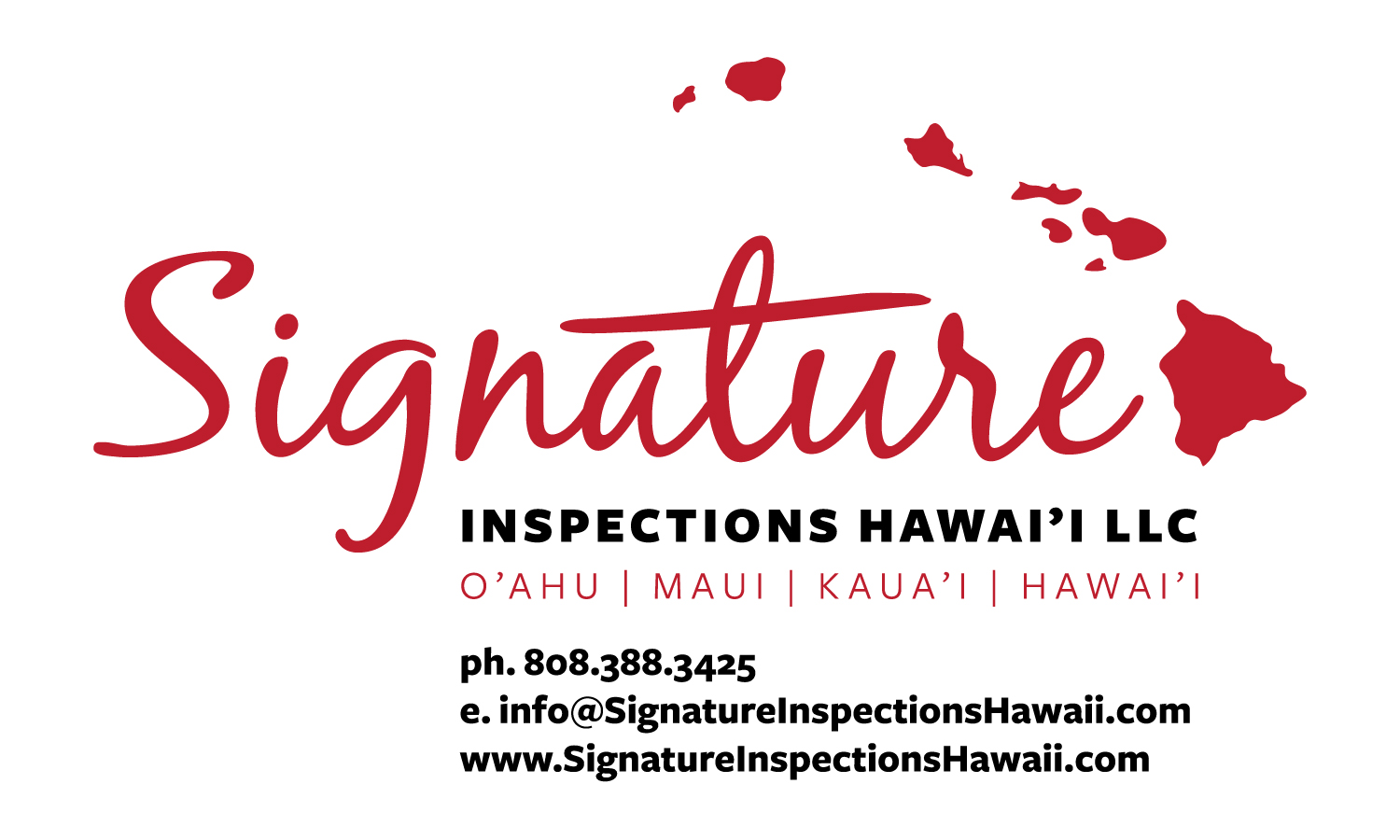Mold in the Home
Health concerns related to the growth of mold in the home have been featured heavily in the news. Problems ranging from itchy eyes, coughing and sneezing to serious allergic reactions, asthma attacks, and even the possibility of permanent lung damage can all be caused by mold, which can be found growing in the home, given the right conditions.
All that is needed for mold to grow is moisture, oxygen, a food source, and a surface to grow on. Mold spores are commonly found naturally in the air. If spores land on a wet or damp spot indoors and begin growing, they will lead to problems. Molds produce allergens, irritants and, in some cases, potentially toxic substances called mycotoxins. Inhaling or touching mold or mold spores may cause allergic reactions in sensitive individuals. Allergic responses include hay fever-type symptoms, such as sneezing, runny nose, red eyes, and skin rash (dermatitis). Allergic reactions to mold are common. They can be immediate or delayed. Molds can also trigger asthma attacks in people with asthma who are allergic to mold. In addition, mold exposure can irritate the eyes, skin, nose, throat and lungs of both mold-allergic and non-allergic people.
As more is understood about the health issues related to mold growth in interior environments, new methods for mold assessment and remediation are being put into practice. Mold assessment and mold remediation are techniques used in occupational health. Mold assessment is the process of identifying the location and extent of the mold hazard in a structure. Mold remediation is the process of cleanup and/or removal of mold from an indoor environment. Mold remediation is usually conducted by a company with experience in construction, demolition, cleaning, airborne-particle containment-control, and the use of special equipment to protect workers and building occupants from contaminated or irritating dust and organic debris. A new method that is gaining traction in this area is abrasive blasting.
Abrasive Blasting
The first step in combating mold growth is not to allow for an environment that is conducive to its growth in the first place. Controlling moisture and assuring that standing water from leaks or floods is eliminated are the most important places to start. If mold growth has already begun, the mold must be removed completely, and any affected surfaces must be cleaned or repaired. Traditional methods for remediation have been slow and tedious, often involving copious amounts of hand-scrubbing and sanding. Abrasive blasting is a new technique that is proving to be less tedious and time-consuming, while maintaining a high level of effectiveness.
Abrasive blasting is a process for cleaning or finishing objects by using an air-blast or centrifugal wheel that throws abrasive particles against the surface of the work pieces. Sand, dry ice and corncobs are just some of the different types of media used in blasting. For the purposes of mold remediation, sodium bicarbonate (baking soda) and dry ice are the media commonly used.
Benefits of Abrasive Blasting
Abrasive (or “media”) blasting provides some distinct advantages over traditional techniques of mold remediation. In addition to eliminating much of the tedious labor involved in scrubbing and sanding by hand, abrasive blasting is extremely useful for cleaning irregular and hard-to-reach surfaces. Surfaces that have cross-bracing or bridging can be cleaned more easily, as well as areas such as the bottom of a deck, where nails may be protruding. Areas that are difficult to access, such as attics and crawlspaces, can also be cleaned more easily with abrasive blasting than by traditional methods. The time saved is also an advantage, and the typical timeframe for completion of a mold remediation project can often be greatly reduced by utilizing abrasive blasting.
Soda-Blasting
 Fundraising began for the $87 million restoration under a public-private partnership between the National Park Service and The Statue of Liberty-Ellis Island Foundation, Inc. After extensive work that included the use of soda-blasting, the restored monument re-opened to the public on July 5, 1986, during Liberty Weekend, which celebrated the statue’s centennial.
Fundraising began for the $87 million restoration under a public-private partnership between the National Park Service and The Statue of Liberty-Ellis Island Foundation, Inc. After extensive work that included the use of soda-blasting, the restored monument re-opened to the public on July 5, 1986, during Liberty Weekend, which celebrated the statue’s centennial.The baking soda used in soda-blasting is soft but angular, appearing knife-like under a microscope. The crystals are manufactured in state-of-the-art facilities to ensure that the right size and shape are consistently produced. Baking soda is water-soluble, with a pH near neutral. Baking-soda abrasive blasting effectively removes mold while minimizing damage to the underlying surface (i.e., wood, PVC, modern wiring, ductwork, etc.). When using the proper equipment setup (correct nozzles, media regulators, hoses, etc.) and technique (proper air flow, pressure, angle of attack, etc.), the process allows for fast and efficient removal of mold, with a minimum of damage, waste and cleanup. By using a soda blaster with the correct-size nozzle, the amount of baking soda used is minimized. Minimal baking soda means better visibility while working, and less cleanup afterward.
Dry-Ice Blasting
Dry ice is solidified carbon dioxide that, at -78.5° C and ambient pressure, changes directly into a gas as it absorbs heat. Dry ice pellets are made by taking liquid carbon dioxide (CO2) from a pressurized storage tank and expanding it at ambient pressure to produce snow. The snow is then compressed through a die to make hard pellets. The pellets are readily available from most dry ice suppliers nationwide. For dry-ice blasting, the standard size used is 1/8-inch, high-density dry ice pellets.
The dry-ice blasting process includes three phases, the first of which is energy transfer. Energy transfer works when dry ice pellets are propelled out of the blasting gun at supersonic speed and impact the surface. The energy transfer helps to knock mold off the surface being cleaned, with little or no damage.
The freezing effect of the dry ice pellets hitting the mold creates the second phase, which is micro-thermal shock, caused by the dry ice’s temperature of -79º C, between the mold and the contaminated surface. This phase isn’t as much a factor in the removal of mold as it is for removing resins, oils, waxes, food particles, and other contaminants and debris. For these types of substances, the thermal shock causes cracking and delaminating of the contaminant, furthering the elimination process.
The final phase is gas pressure, which happens when the dry ice pellets explode on impact. As the pellets warm, they convert to CO2 gas, generating a volume expansion of 400 to 800 times. The rapid gas expansion underneath the mold forces it off the surface.
HEPA Vacuuming
A HEPA vacuum is a vacuum cleaner with a high-efficiency particulate air (or HEPA) filter through which the contaminated air flows. HEPA filters, as defined by the U.S. Department of Energy’s standard adopted by most American industries, remove at least 99.97% of airborne particles that are as small as 0.3 micrometers (µm) in diameter. HEPA vacuuming is necessary in conjunction with blasting for complete mold removal.
While abrasive blasting with either baking soda or dry ice is an effective technique, remediation will not be complete until HEPA filtering or vacuuming has been done. Abrasive blasting removes mold from contaminated surfaces, but it also causes the mold spores to become airborne again. The spores can cover the ground and the surfaces that have already been cleaned. So, the mold spores need to be removed by HEPA filters. Additionally, while some remediation companies claim that there will be no blasting media to remove after cleaning, especially with the dry-ice method, there will be at least a small amount of visible debris left by the blasting that must be removed before HEPA vacuuming can occur. HEPA vacuuming removes all invisible contaminants from surfaces and the surrounding air. When HEPA vacuuming is completed, samples at the previously contaminated areas should be re-tested to ensure that no mold or mold spores remain.
Signature Inspections Hawaii, LLC, is FULLY Insured & “NATIONALLY CERTIFIED” by InterNACHI. InterNACHI also requires inspectors to continue their education through accredited courses, conferences, online learning, etc… and annual Inspector Certificate Testing in order to hold a current certificate.
Contact Us Today || Book You Inspection Now
808.388.3425
Trevor Drinen | CPI Certified Professional Inspector # NACHI16122702
*For a more detailed explanation of the inspection process please feel free to visit: InterNACHI Residential Standards Of Practice and InterNACHI Code Of Ethics .


